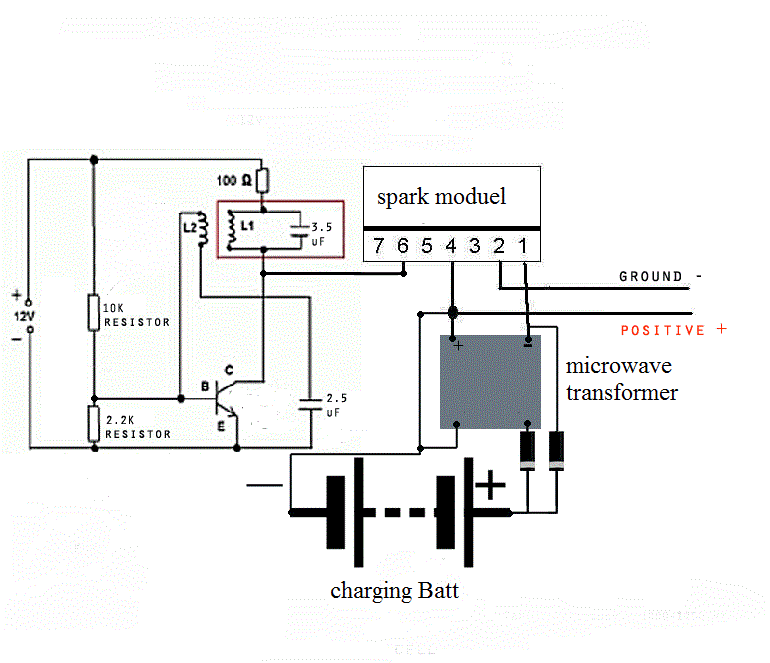@ joefr
What is the 360 turn coil diameter?
What is the 360 turn coil diameter?








 Well I knew there had to be a catch.
Well I knew there had to be a catch. 
 Well I knew there had to be a catch.
Well I knew there had to be a catch. 
 of converting radiant energy to conventional current.
of converting radiant energy to conventional current. 



Comment